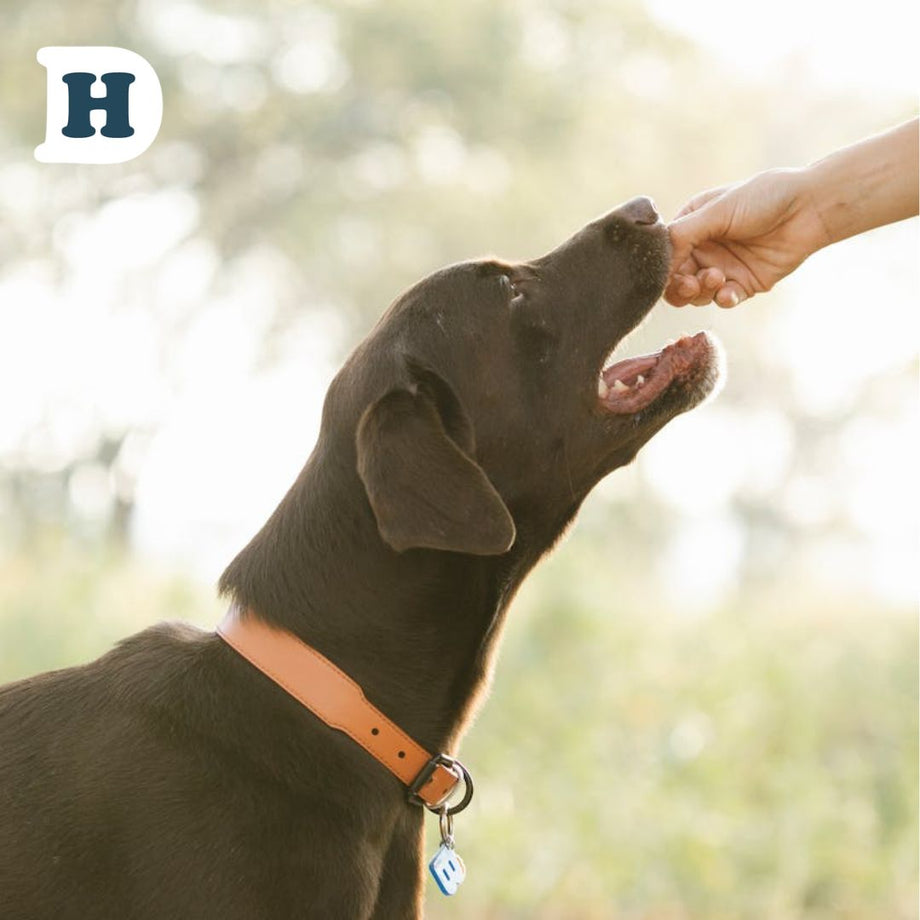
Just like humans, dogs can benefit from the healing power of touch. Canine massage can help reduce stress, ease muscle tension, and improve circulation. Plus, it's a great way to bond with your furry friend!
Massaging your dog can help reduce stress, ease muscle tension, and improve circulation.
Follow this beginner's guide to learn how to give your pup a soothing massage, we'll show you how to give your dog a relaxing and therapeutic massage.
Benefits of Canine Massage.
Canine massage has numerous benefits for both the physical and emotional well-being of your dog. It can help reduce anxiety and stress, improve flexibility and range of motion, increase circulation, and even boost the immune system. Additionally, regular massages can help detect any potential health issues early on, allowing for prompt treatment and prevention of further complications.
Preparing for the Massage.
Before you begin massaging your dog, it’s important to create a calm and comfortable environment. Choose a quiet room with minimal distractions and make sure your dog is relaxed and comfortable. You may want to play some calming music or use aromatherapy to create a soothing atmosphere. It’s also important to have the right tools on hand, such as a comfortable surface for your dog to lie on and or a massage glove.
Finally, make sure you have plenty of time set aside for the massage, as rushing through it can cause your dog to feel anxious or uncomfortable.
Basic Massage Techniques.
There are several basic massage techniques that you can use to help your dog relax and improve their overall well-being. These include effleurage, which involves long, sweeping strokes that help to warm up the muscles and increase circulation; petrissage, which involves kneading and squeezing the muscles to release tension and promote relaxation; and tapotement, which involves gentle tapping or slapping to stimulate the muscles and increase blood flow. It’s important to start with gentle pressure and gradually increase as your dog becomes more comfortable with the massage.
Advanced Massage Techniques.
Once you and your dog are comfortable with the basic massage techniques, you can start incorporating more advanced techniques to target specific areas of the body. These may include trigger point therapy, which involves applying pressure to specific points to release tension and alleviate pain; myofascial release, which involves stretching and releasing the connective tissue surrounding the muscles; and acupressure, which involves applying pressure to specific points along the body’s energy meridians to promote healing and balance. It’s important to consult with a professional or do thorough research before attempting these advanced techniques.
When to Seek Professional Help.
While basic massage techniques can be safely performed by most dog owners, it’s important to know when to seek professional help. If your dog has a pre-existing medical condition, such as arthritis or a spinal injury, it’s important to consult with your veterinarian before attempting any massage techniques. Additionally, if your dog shows signs of pain or discomfort during the massage, or if you notice any unusual changes in their behavior or physical condition, it’s important to seek the advice of a professional canine massage therapist or veterinarian.
©deliveryhound.com.au 2023






